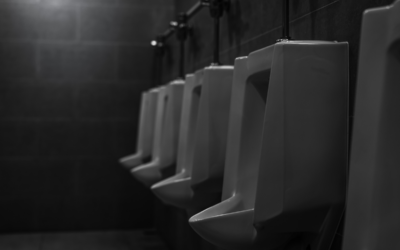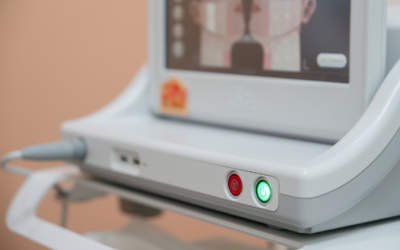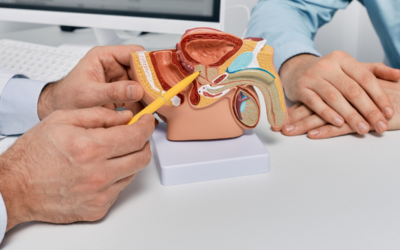

Relief from Blockage of an Enlarged Prostate
There are many ways to treat an enlarged prostate that is blocking the flow of urine out of the bladder: including medication, surgery, heat-based therapy, and implants.
Follow us on WhatsApp for the latest updates: https://bit.ly/AsiaMDWhatsAppEN
Medication
There are two types of medication that men can take to improve their urine flow. The first type are alpha blockers, which relax the bladder neck muscles and muscle fibres in the enlarged prostate, making urination easier. These medications include alfuzosin (sold under the brand name Xatral), doxazosin (Cardura) and tamsulosin (Harnal OCAS). Users may have to take the medication for a few weeks before they see any useful effect, and they may experience side effects such as dizziness or headaches.
The second type is 5-alpha reductase inhibitors, which shrink enlarged prostates. These medications, which include finasteride (Proscar) and dutasteride (Avodart), may take up to six months for the full extent of their effects to be felt, including impotence and a loss of libido.
Surgery
For men with more severe urinary problems, a surgical procedure called transurethral resection of the prostate, or TURP, may be the answer.
During the procedure, the surgeon inserts a thin instrument called a resectoscope through the tip of the penis and into the urethra, which is the tube that carries urine from the bladder. The resectoscope has a camera that enables the surgeon to see the enlarged prostate, and an electrical loop is used to trim the prostate.
Retrograde ejaculation, where semen backflows into the bladder during orgasms, is the most common long-term side effect of TURP. Although it is not harmful, it affects men’s fertility, so patients should consider alternative treatment if this is a concern.
Heat-based therapy
Other procedures use heat to reduce the size of an enlarged prostate, including Rezum water vapour therapy and Prolieve thermodilatation microwave. They are one-time, non-surgical and outpatient procedures.
The treatment’s side effects vary from patient to patient, with some men having urethral irritations that cause pain while urinating, need for urinary catheters, or bladder spasms that lead to an urgent need to urinate, or urine leakage. These side effects are usually resolved within a month.
Implants
A surgical implant called UroLift has also emerged as a popular treatment for enlarged prostates. These implants are inserted through cystoscopy, and hold the enlarged prostate tissue out of the way permanently so that urine can flow through the urethra easily. There is no cutting, heating or removal of prostate tissue. The UroLift implants also do not affect men’s sexual function or fertility. Some of the side effects include pain while urinating, blood in the urine and pelvic pain, but these usually subside within two to four weeks after the procedure.
This article has been verified medically by Dr Chong Kian Tai, consultant urologist of Surgi-TEN Specialists at Farrer Park Hospital (Singapore).








0 Comments
Trackbacks/Pingbacks